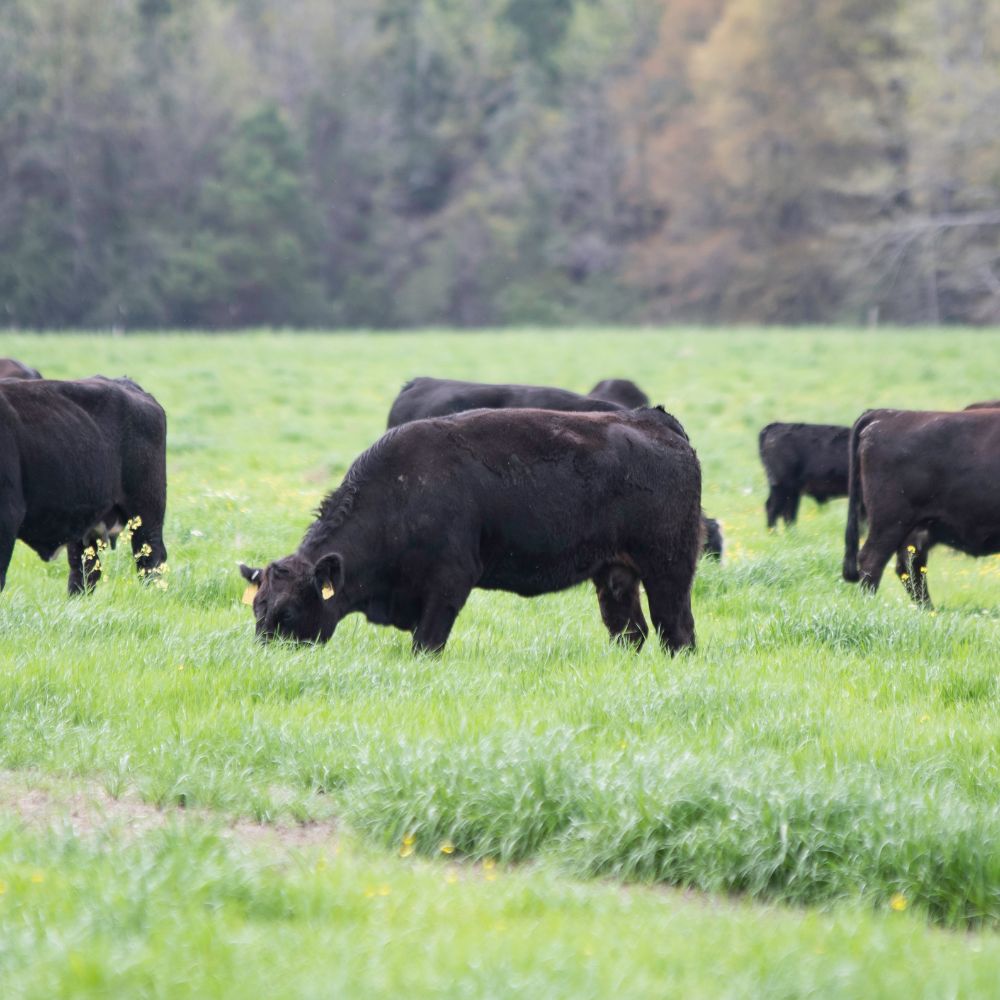More About Bagley Risk Management
More About Bagley Risk Management
Blog Article
Everything about Bagley Risk Management
Table of ContentsThe Only Guide for Bagley Risk ManagementSome Of Bagley Risk ManagementLittle Known Facts About Bagley Risk Management.Bagley Risk Management Things To Know Before You Get ThisBagley Risk Management Fundamentals ExplainedEverything about Bagley Risk Management
When your contract reaches its end date, the final rate is determined utilizing the CME Feeder Cattle Index. This is based on sale barns throughout the Midwest (not simply your local market). If the index drops below your contract's insurance coverage cost, you may be paid the difference. Rate Adjustment Factors will use.Livestock Risk Protection (LRP) is a USDA subsidized insurance program that aids safeguard manufacturers from the threats that come from market volatility. With LRP, producers have the ability to guarantee a flooring rate for their cattle and are paid an indemnity if the marketplace worth is less than the insured cost.
This item is meant for. National livestock insurance.
What Does Bagley Risk Management Do?

In the last pair of months, several people at FVC and PCM have obtained inquiries from producers on which risk management tool, LRP vs. Futures, is much better for a pork producer? Like the majority of tools, the answer depends upon your operation's objectives and scenario. For this version of the Dr.'s Corner, we will check out the circumstances that have a tendency to favor the LRP device.
In Mike's evaluation, he compared the LRP estimation versus the future's market close for every day of the previous 20 years! The percent revealed for every month of the given year in the very first section of the table is the percent of days in that month in which the LRP computation is lower than the futures close or to put it simply, the LRP would possibly indemnify even more than the futures market - https://www.imdb.com/user/ur176981304/?ref_=nv_usr_prof_2. (What is LRP)
As an example, in January 2021, all the days of that month had LRP potentially paying more than the futures market. On the other hand, in September 2021, all the days of that month had the futures market potentially paying greater than LRP (absolutely no days had LRP reduced than futures close). The tendency that dawns from Mike's analysis is that a SCE of a LRP has a greater chance of paying a lot more versus futures in the months of December to May while the futures market has a higher probability of paying a lot more in the months of June to November.
The Definitive Guide for Bagley Risk Management

As an instance, in 2019, LRP was much better or within a $1. Table 2 shows the ordinary basis of the SCE LRP calculations versus the future's close for the offered time structures per year.
Once more, this data supports more likelihood of an SCE of a LRP being much better than futures in December through May for the majority of years. As a common caution with all analysis, previous efficiency is NO assurance of future efficiency! It is critical that producers have accounting methods in my latest blog post location so they know their expense of production and can much better establish when to utilize risk management tools.
More About Bagley Risk Management
Some on-farm feeders may be contemplating the need for cost defense at this time of year on calves preserved with the intent to feed them to a finish weight at some time in 2022, using offered feed sources. Regardless of strong fed livestock prices in the present neighborhood market, feed costs and present feeder calf values still produce tight feeding margins relocating forward.
23 per cwt. The current average auction price for 500-600 pound steers in Nebraska is $176 per cwt. This suggests a break-even cost of $127. 57 for the 1,400-pound guide in July of 2022. The June and August live livestock contracts on the CME are presently trading for $135. 58 and $134.
Cattle-feeding business tend to have tight margins, like lots of farming ventures, as a result of the affordable nature of the business. Cattle feeders can bid extra for inputs when fed livestock rates rise. https://giphy.com/channel/bagleyriskmng. This enhances the rate for feeder cattle, specifically, and rather enhances the costs for feed and other inputs
10 Simple Techniques For Bagley Risk Management
Nebraska cattle are close to major handling facilities. As an outcome, basis is positive or absolutely no on fed livestock across much of the state.
Just in 2020 did the LRP protection price go beyond the finishing worth by adequate to cover the costs expense. The internet impact of having this LRP insurance coverage in 2019-20 was considerable, adding $17.
37 The producer costs declines at lower protection levels but so does the protection cost. The impact is a reduced internet result (indemnity premium), as insurance coverage degree decreases. This mirrors reduced efficient degrees of protection. Because producer costs are so reduced at lower protection levels, the manufacturer loss proportions (indemnity/premium) rise as the insurance coverage degree declines.
Getting My Bagley Risk Management To Work
Generally, a producer should take a look at LRP protection as a mechanism to protect result price and succeeding revenue margins from a risk management standpoint. Some producers make a case for guaranteeing at the reduced levels of protection by focusing on the choice as a financial investment in danger monitoring defense.

Report this page